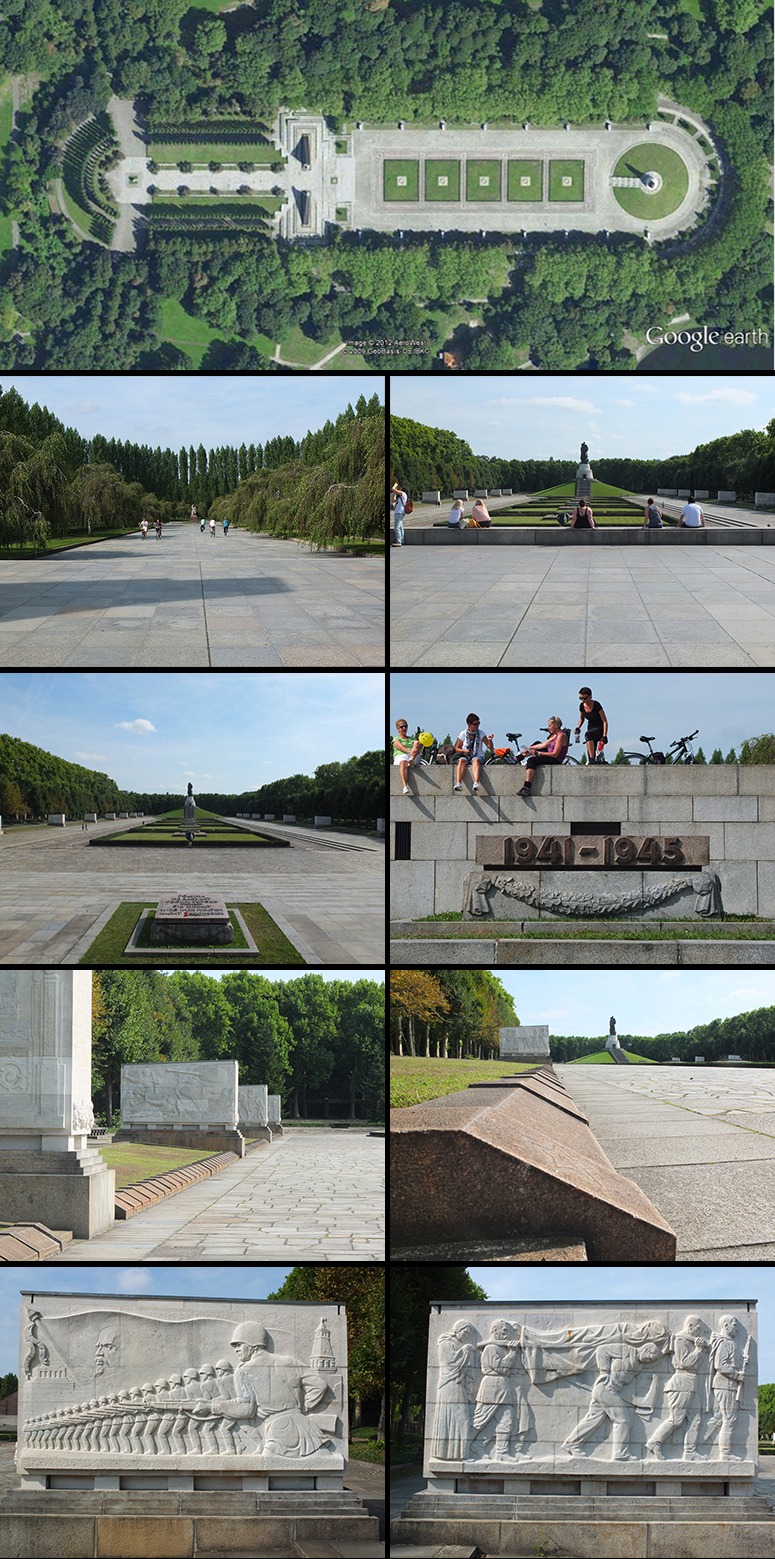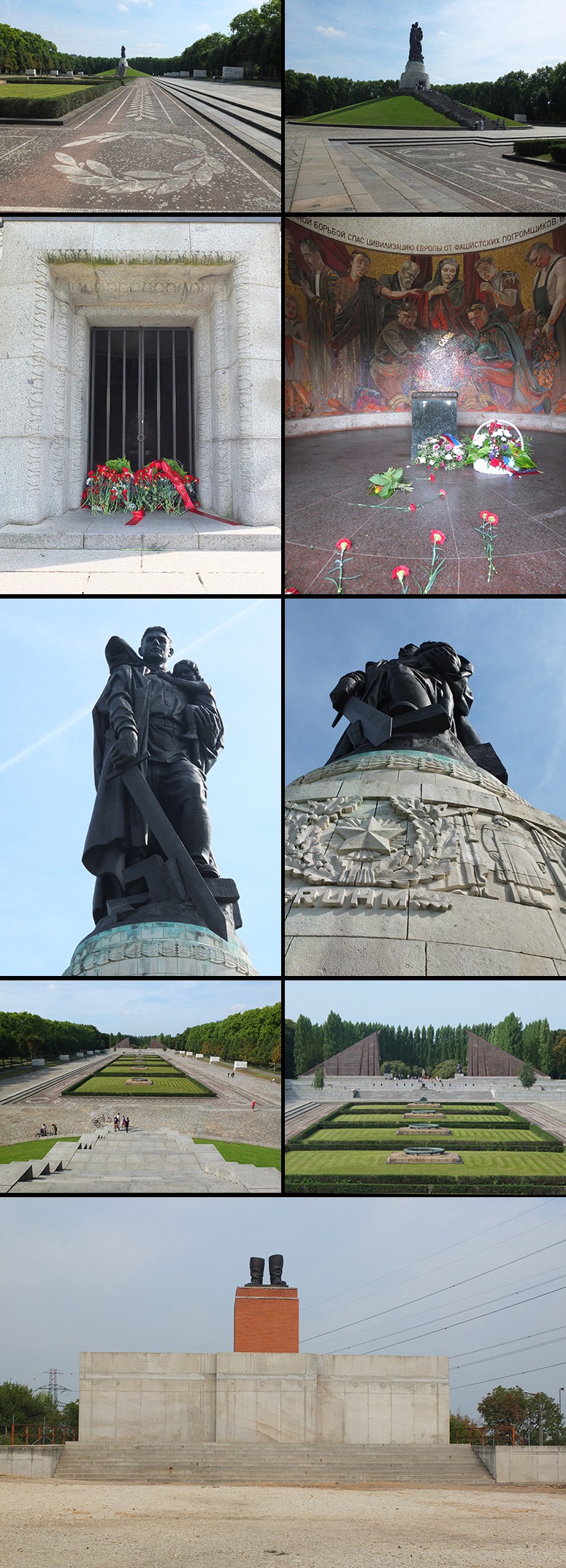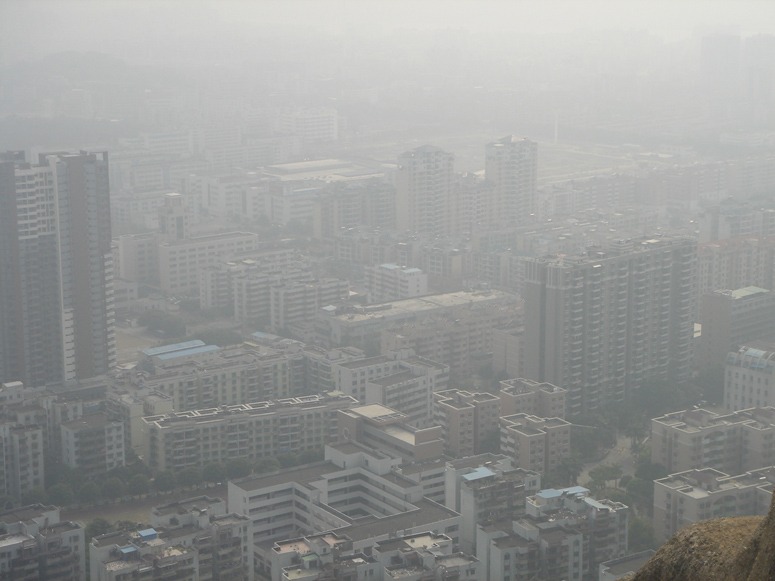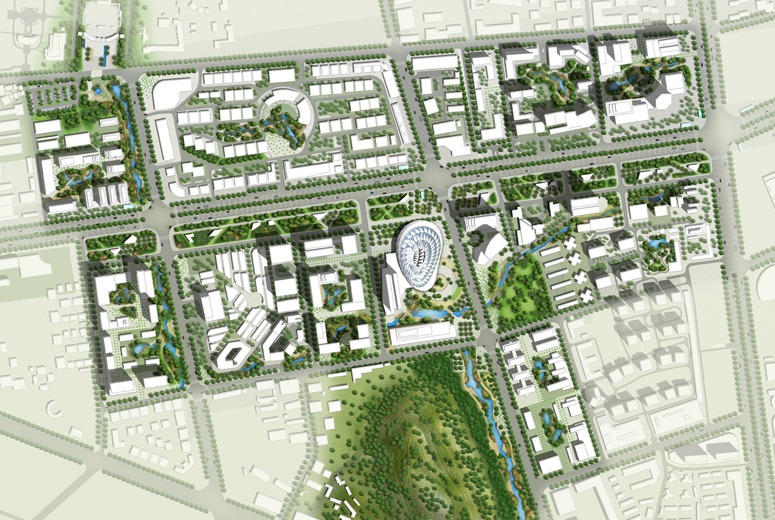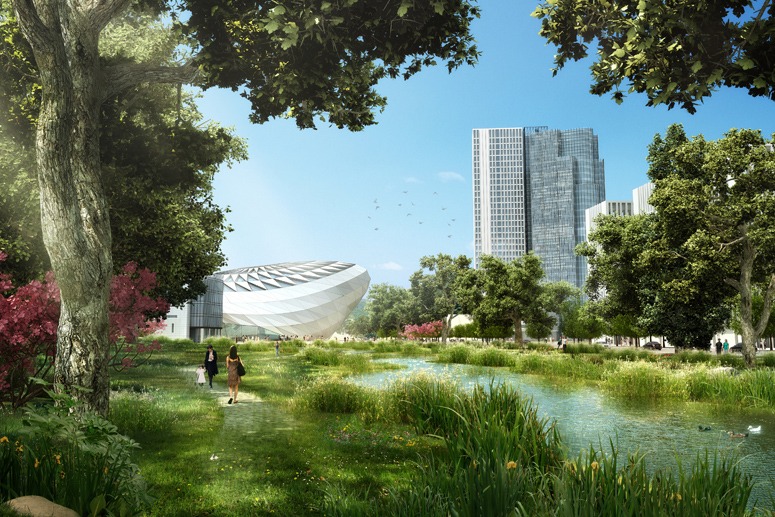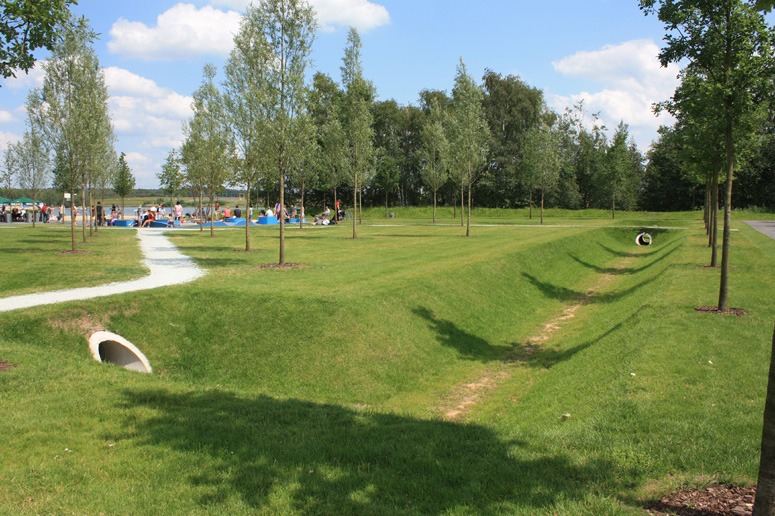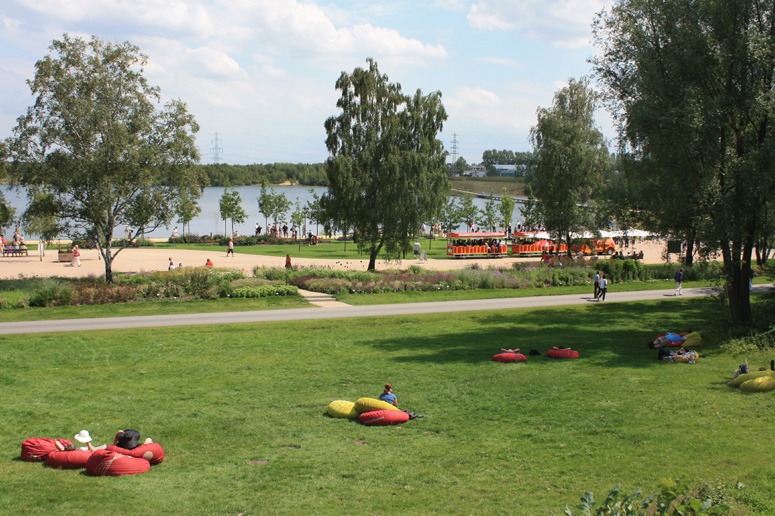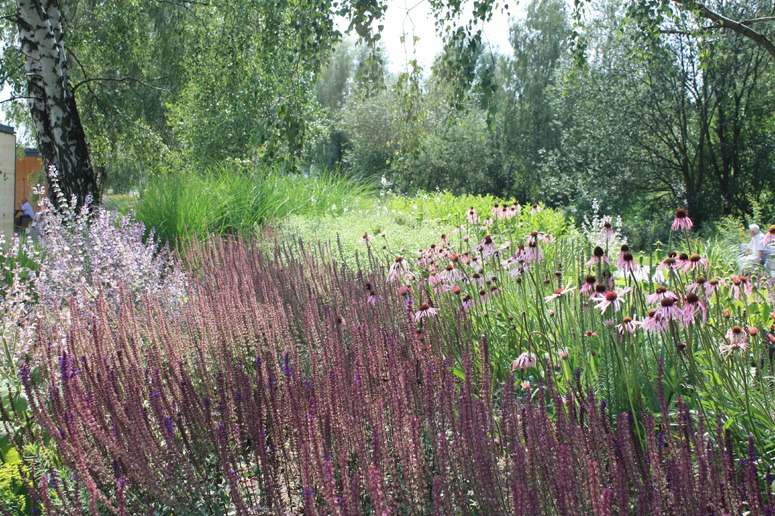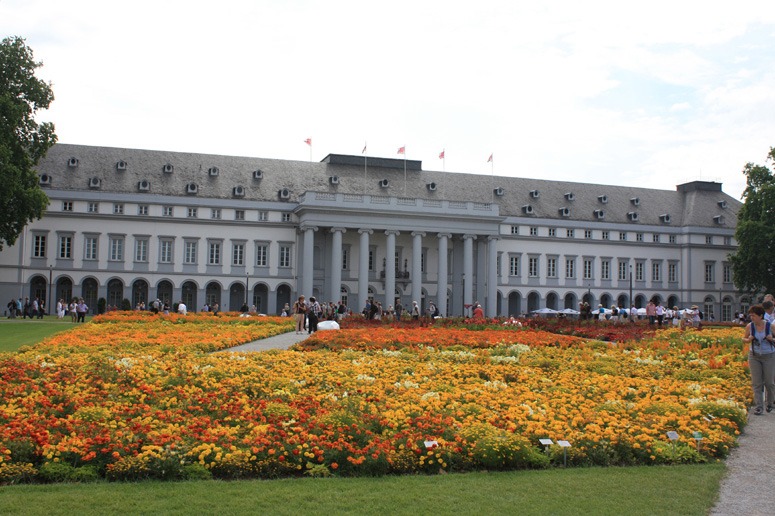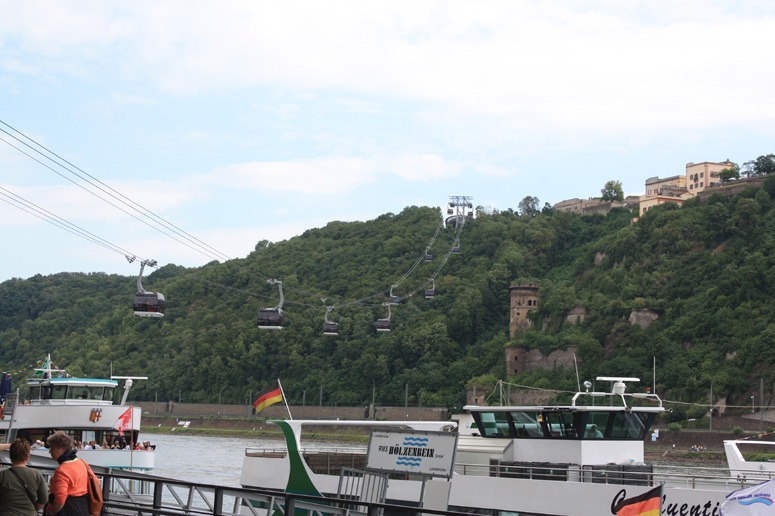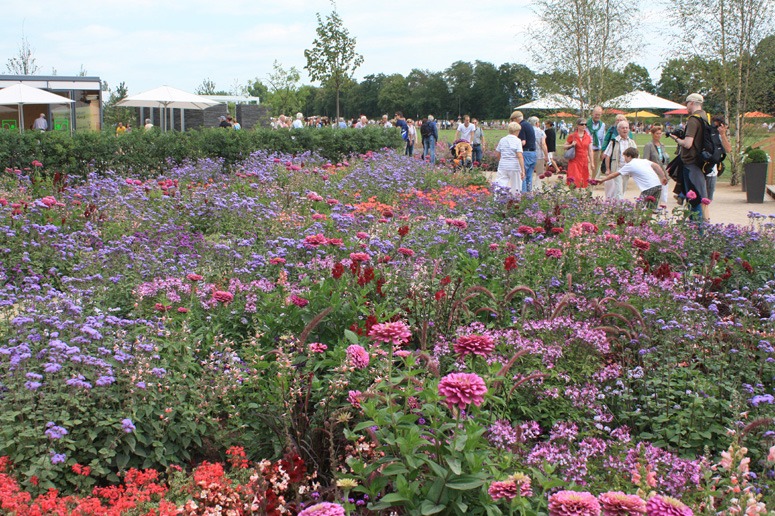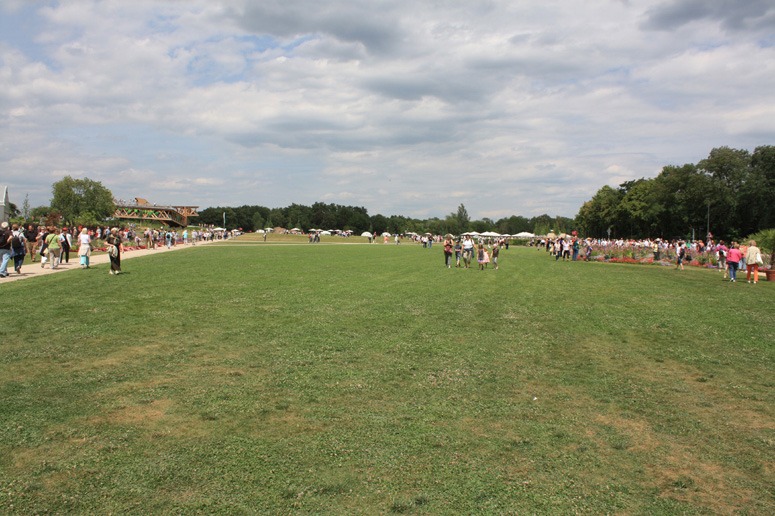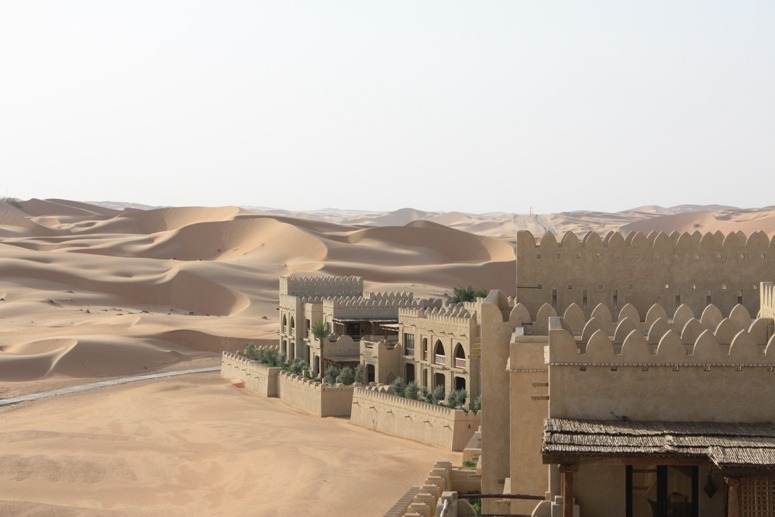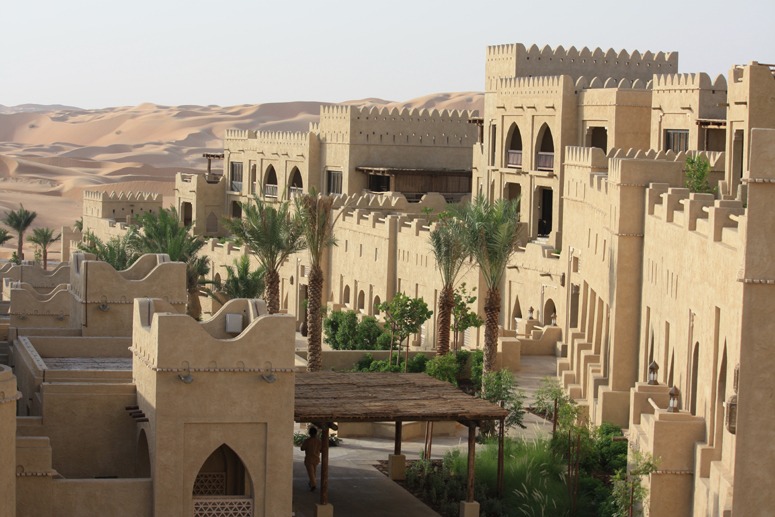Having lived for the past four years in rapidly developing countries, I have become interested in living in a slowly developing country. Nicaragua is the poorest country in Central America, according to the UN 48% of its population live below the poverty line, 80% on less than US$2 per day. Nicaragua has the greatest percentage of its area devoted to National Parks of any of the Central American states. The civil war of the 1980´s and the American government´s subsequent funding of armed groups opposed to the Sandinista faction has resulted today in a war-weary and cynical population (memorials to the asassinated are a commonplace, found even in rural school playgrounds), which with 48% underemployment does not show itself as optimistic with regard to the future, or indeed the present. An ideal place then, to adjust one´s professional and private view away from the serving of Mammon to something, perhaps, more useful.
I have visited two biological stations in the two months I have been here, one based in the National Park of Laguna de Apoyo, the other in the National Park Penas Blancas. The first is part of Nícaragua’s astonishing lowland landscape of extinct and active volcanoes, many of the extinct ones now deep lakes, the second part of the upland landscape of cloud forests. Both are staffed by volunteers, living conditions are very simple, morale is high, the people are mainly young and all enthusiastic. The stations have specialities, at Apoyo it´s the endemic lake fish, at Penas Blancas it´s bees and orchids: both stations though interest themselves additionally with the widest range of the flora and fauna which surrounds them. Both are also primarily involved in simply finding out what is there and how it´s changing, there is little hard information to be had at the most basic level, they are collecting much raw data that no one has taken the time to do before. One meets Dutch and German students, either self-funded, or on government grants, but local people are the backbone of the effort. For young people (and older ones, too) tired of boring jobs, lack of motivation and opportunity and wanting to make a positive contribution to something, somewhere, this would be a place to come. Get dirty, get bitten, work hard, rise early, sleep early, learn Spanish and be part of a collective, forward-looking group of people: where in recession-ridden Europe is all of that on offer?



